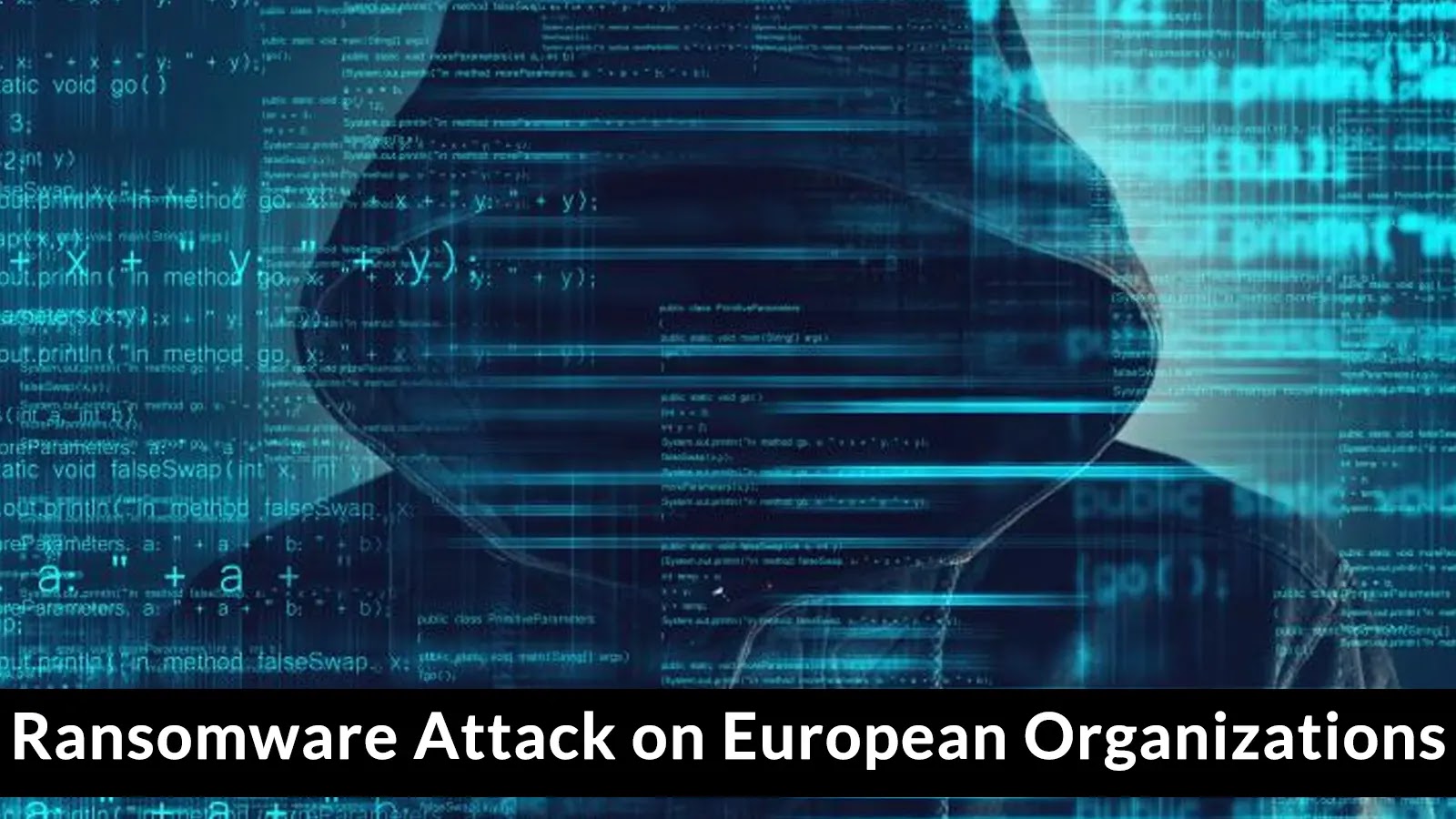
Ransomware Attack on European Organizations Surge as Hackers Leveraging AI-Tools for Attacks
The digital defenses of European organizations are under an unprecedented siege. Cybercriminals, increasingly leveraging artificial intelligence, are orchestrating a surge in ransomware attacks, painting a clear and present danger across the continent. This isn’t just an anecdotal observation; concrete data reveals a significant escalation, demanding immediate attention from security professionals and organizational leaders alike.
The Alarming Rise of Ransomware in Europe
Since January 2024, the landscape of cyber threats in Europe has drastically shifted. “Big game hunting” threat actors, notorious for targeting high-value organizations, have publicly named approximately 2,100 European victims. These disclosures, primarily found on over 100 dedicated leak sites, represent a stark 13% year-over-year increase in attacks. Across the globe, Europe now accounts for nearly 22% of all ransomware incidents, solidifying its position as a primary target for malicious actors.
AI’s Role in Modern Ransomware Campaigns
The escalation isn’t solely due to increased attacker activity; it’s also a function of evolving methodologies. Cybercriminals are now integrating advanced artificial intelligence tools into their operations. This integration manifests in several critical ways:
- Enhanced Phishing Campaigns: AI can craft highly sophisticated and personalized phishing emails at scale, bypassing traditional detection mechanisms and increasing the likelihood of successful compromises.
- Automated Exploitation: AI algorithms can quickly identify and exploit vulnerabilities, significantly accelerating the attack lifecycle.
- Evasive Malware Development: AI contributes to developing more polymorphic and evasive malware strains, making them harder for antivirus and EDR solutions to detect.
- Improved Social Engineering: AI-powered tools can analyze vast amounts of public data to create more convincing social engineering lures, exploiting human vulnerabilities effectively.
Understanding the “Big Game Hunting” Strategy
The term “big game hunting” refers to ransomware groups that prioritize large organizations, often with extensive financial resources and critical infrastructure. Their objectives extend beyond mere encryption; they frequently engage in data exfiltration, threatening to publish sensitive information on leak sites if a ransom is not paid. This dual extortion tactic intensifies the pressure on victims, increasing the likelihood of compliance.
Why European Organizations Are Prime Targets
Several factors contribute to Europe’s heightened vulnerability to ransomware:
- Economic Powerhouse: Europe represents a significant economic region, making its organizations attractive targets for financially motivated cybercriminals.
- Digital Transformation: Rapid digital transformation across various sectors has expanded attack surfaces, creating more entry points for threat actors.
- Regulatory Pressures: While GDPR aims to protect data, the severe penalties for data breaches can incentivize victims to pay ransoms to avoid regulatory fines and reputational damage.
Remediation Actions for European Organizations
Countering this evolving threat requires a multi-faceted and proactive approach. Organizations must prioritize robust cybersecurity measures and foster a culture of security awareness.
- Implement a Zero Trust Architecture: Assume no user, device, or application can be trusted by default. Strictly verify every access attempt regardless of origin.
- Regularly Update and Patch Systems: Promptly apply security patches to all operating systems, applications, and network devices. Unpatched vulnerabilities, such as those exploited in past major ransomware incidents like CVE-2017-0144 (EternalBlue), remain common entry points.
- Strengthen Email Security: Implement advanced email filtering and anti-phishing solutions. Conduct regular phishing simulations to train employees to identify and report suspicious emails.
- Employ Multi-Factor Authentication (MFA): Mandate MFA for all internal and external access to organizational systems and data. This significantly reduces the risk of credential compromise.
- Regular Data Backups and Recovery Plans: Maintain offsite, segregated, and immutable backups of all critical data. Regularly test recovery procedures to ensure business continuity in the event of a successful attack.
- Network Segmentation: Isolate critical systems and sensitive data on separate network segments to limit lateral movement by attackers.
- Endpoint Detection and Response (EDR) / Extended Detection and Response (XDR): Deploy EDR or XDR solutions to monitor endpoints for malicious activity and facilitate rapid threat detection and response.
- Security Awareness Training: Continuously educate employees on current cyber threats, social engineering tactics, and the importance of strong security practices.
- Incident Response Plan: Develop and regularly test a comprehensive incident response plan, ensuring all stakeholders understand their roles and responsibilities during a cyberattack.
The Path Forward
The escalating ransomware threat, fueled by AI-powered tools, represents a significant challenge for European organizations. Proactive defense strategies, continuous vigilance, and a commitment to robust cybersecurity practices are no longer optional. By understanding the threat landscape and implementing comprehensive remediation actions, organizations can significantly enhance their resilience against these sophisticated attacks.





